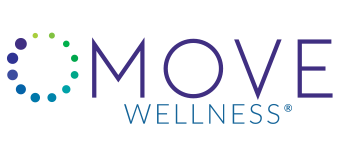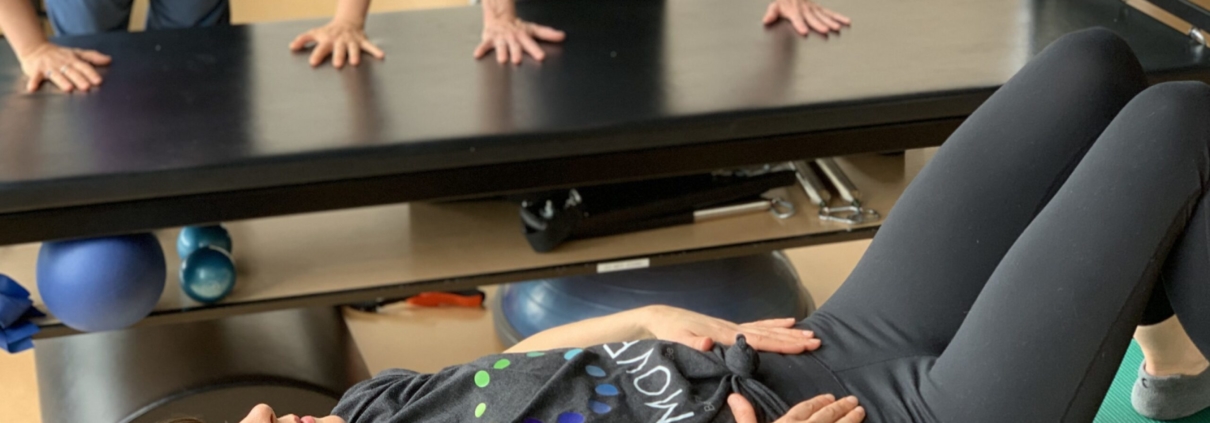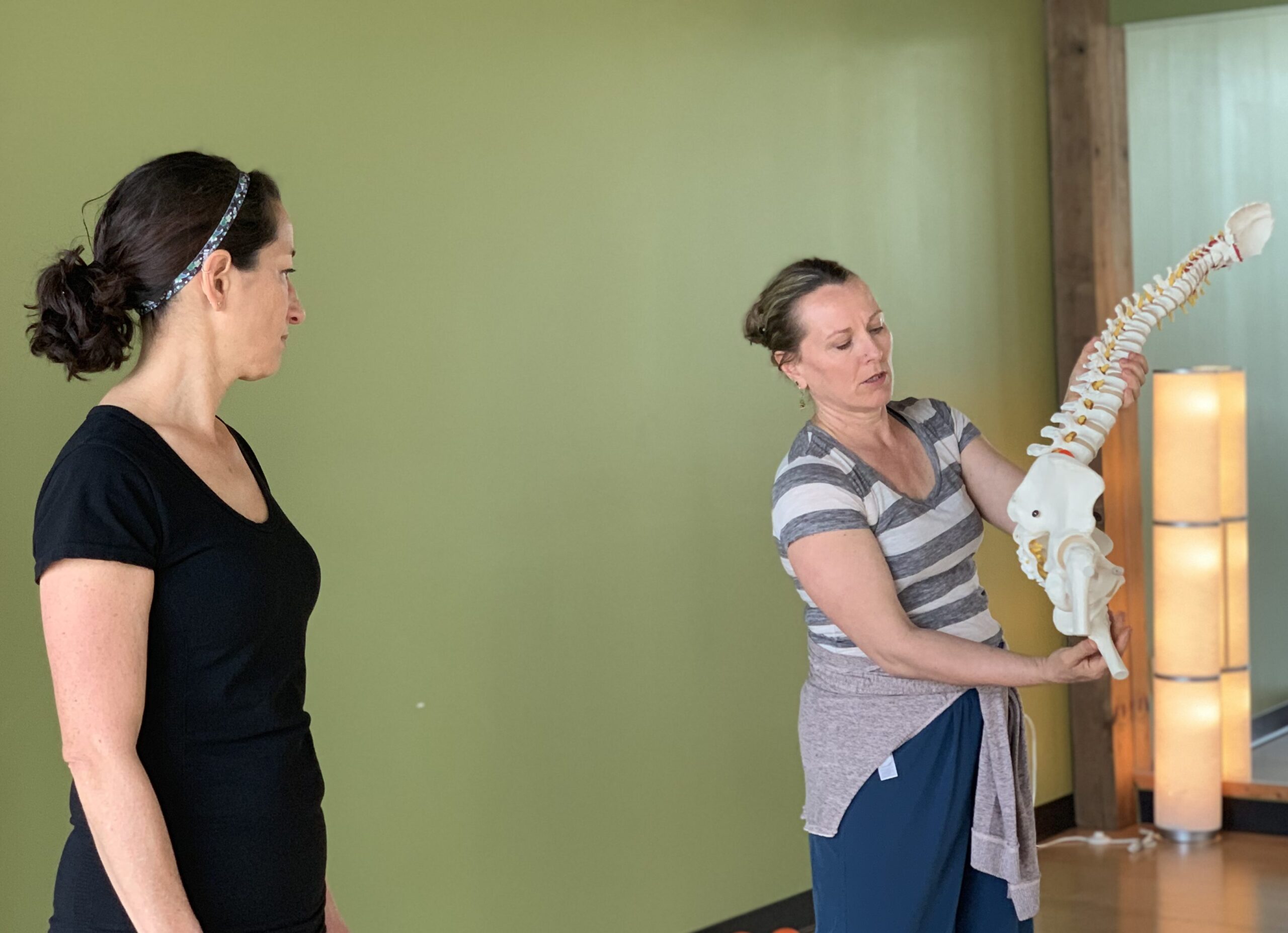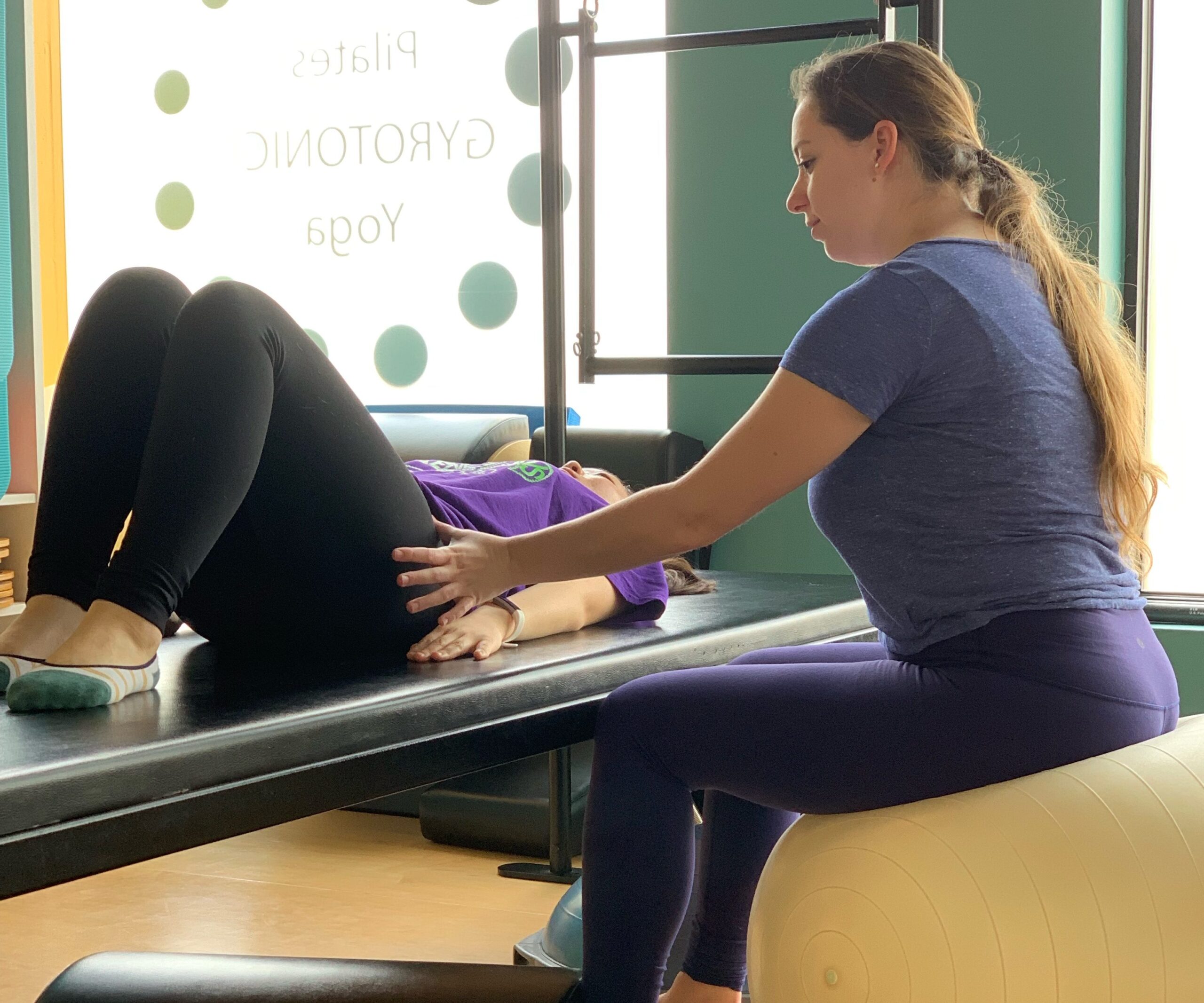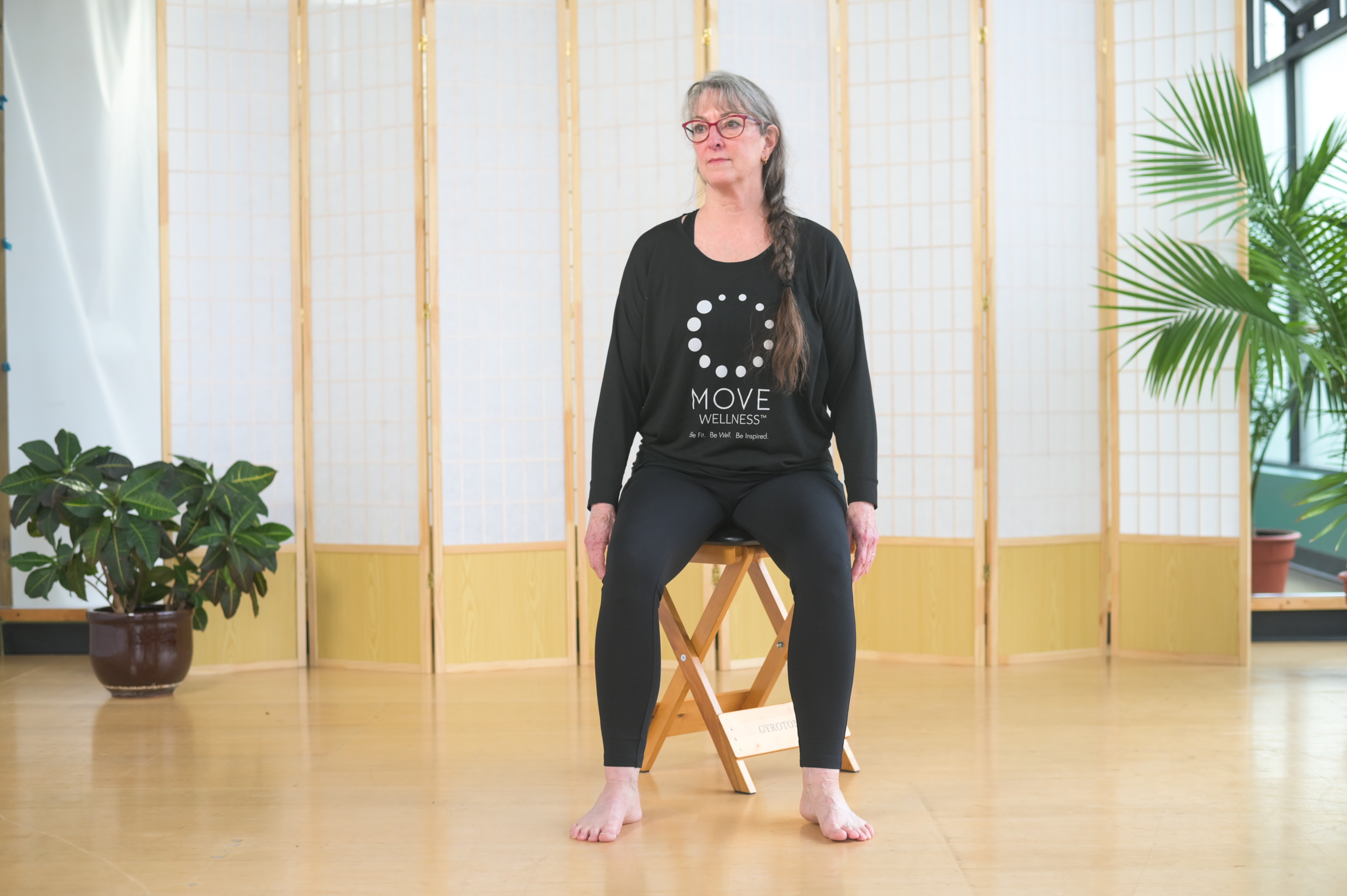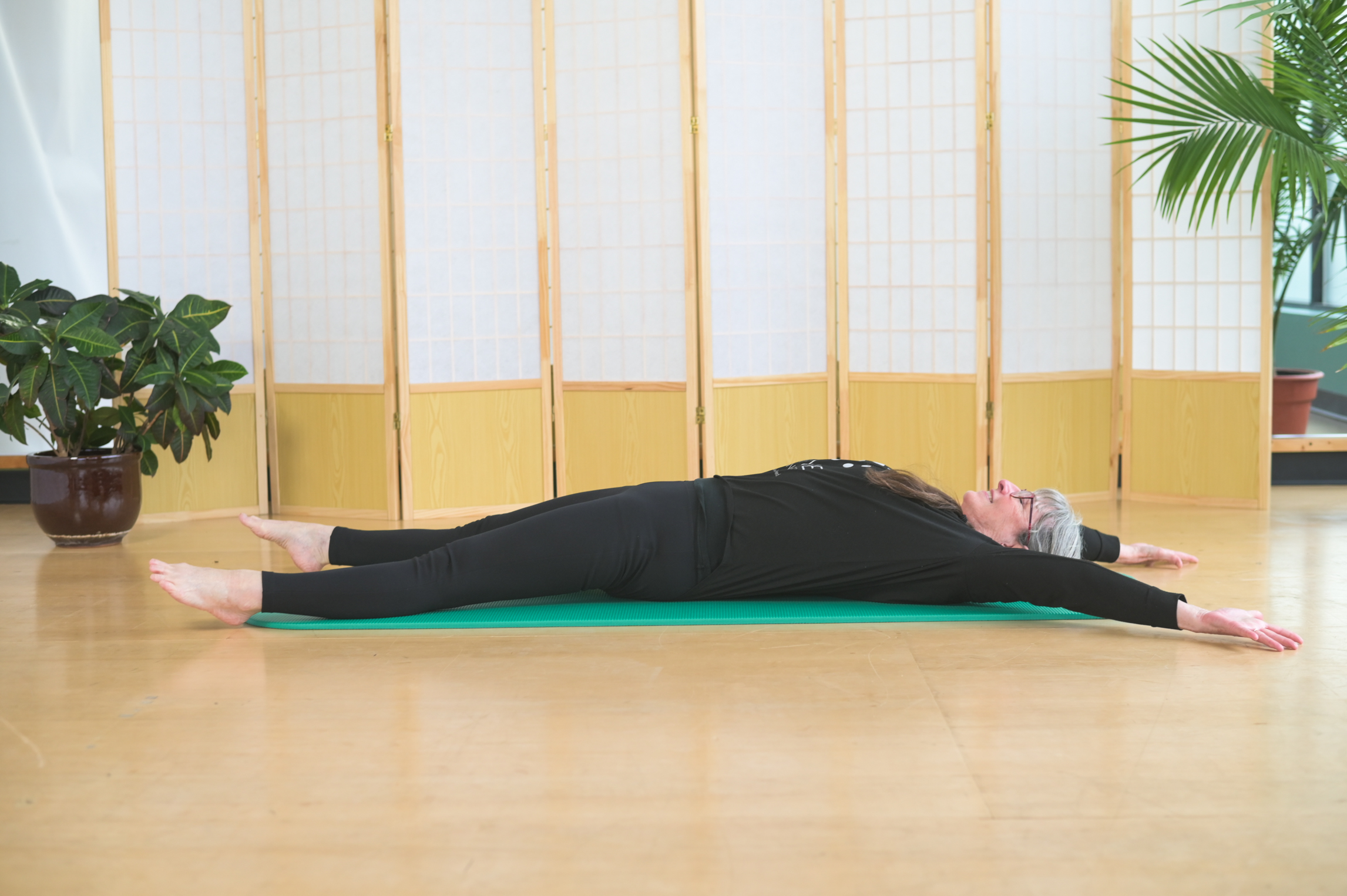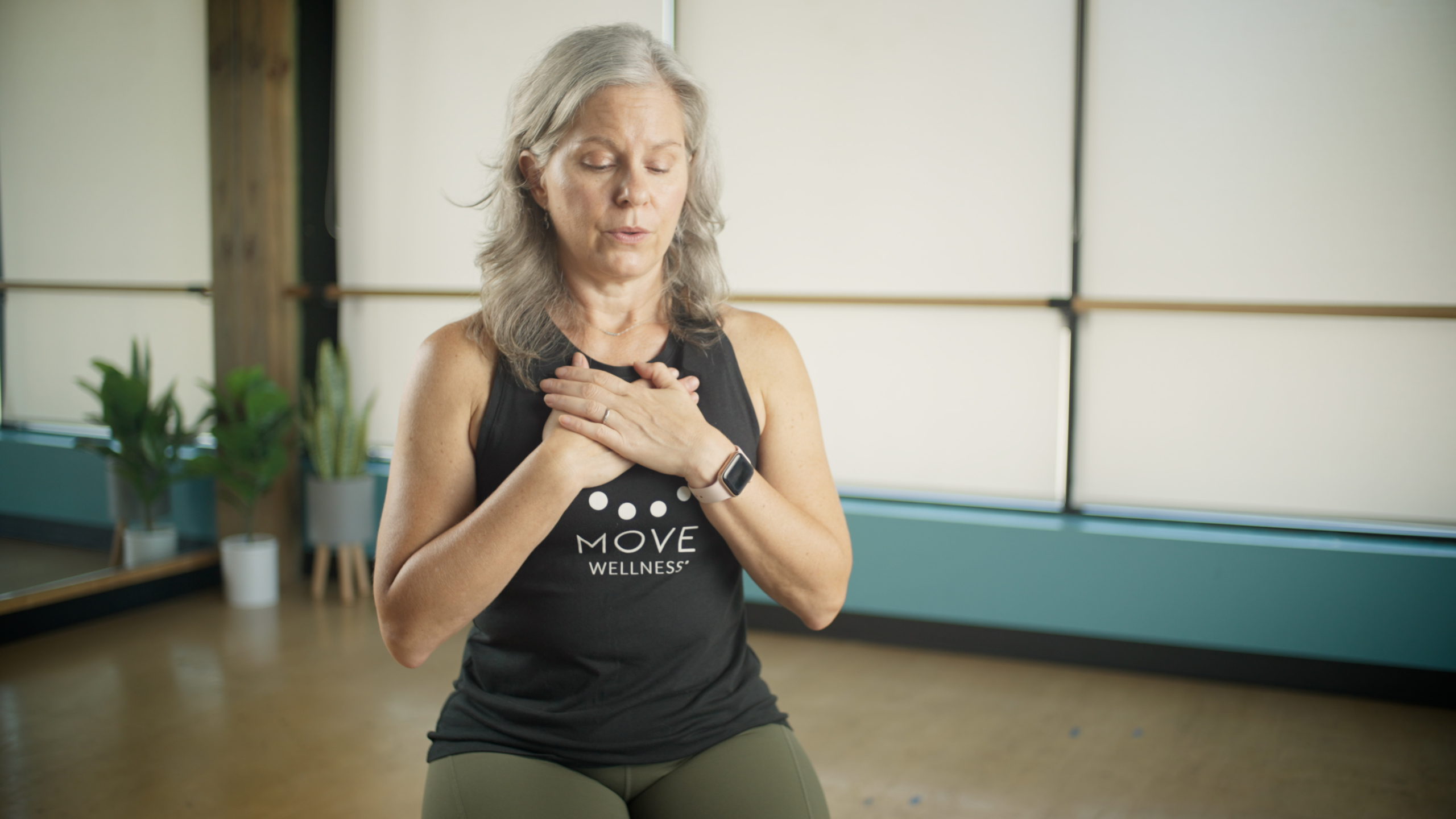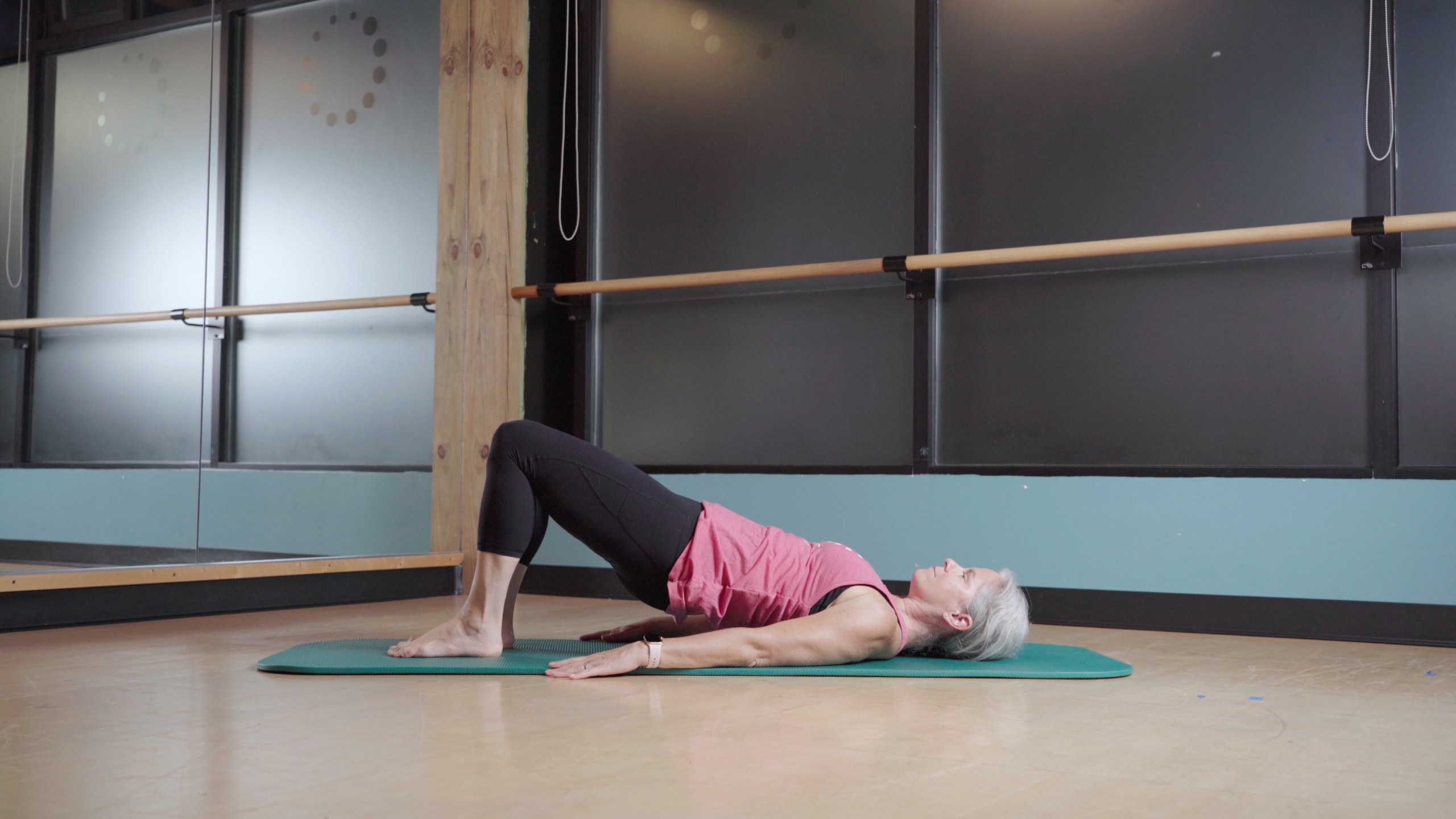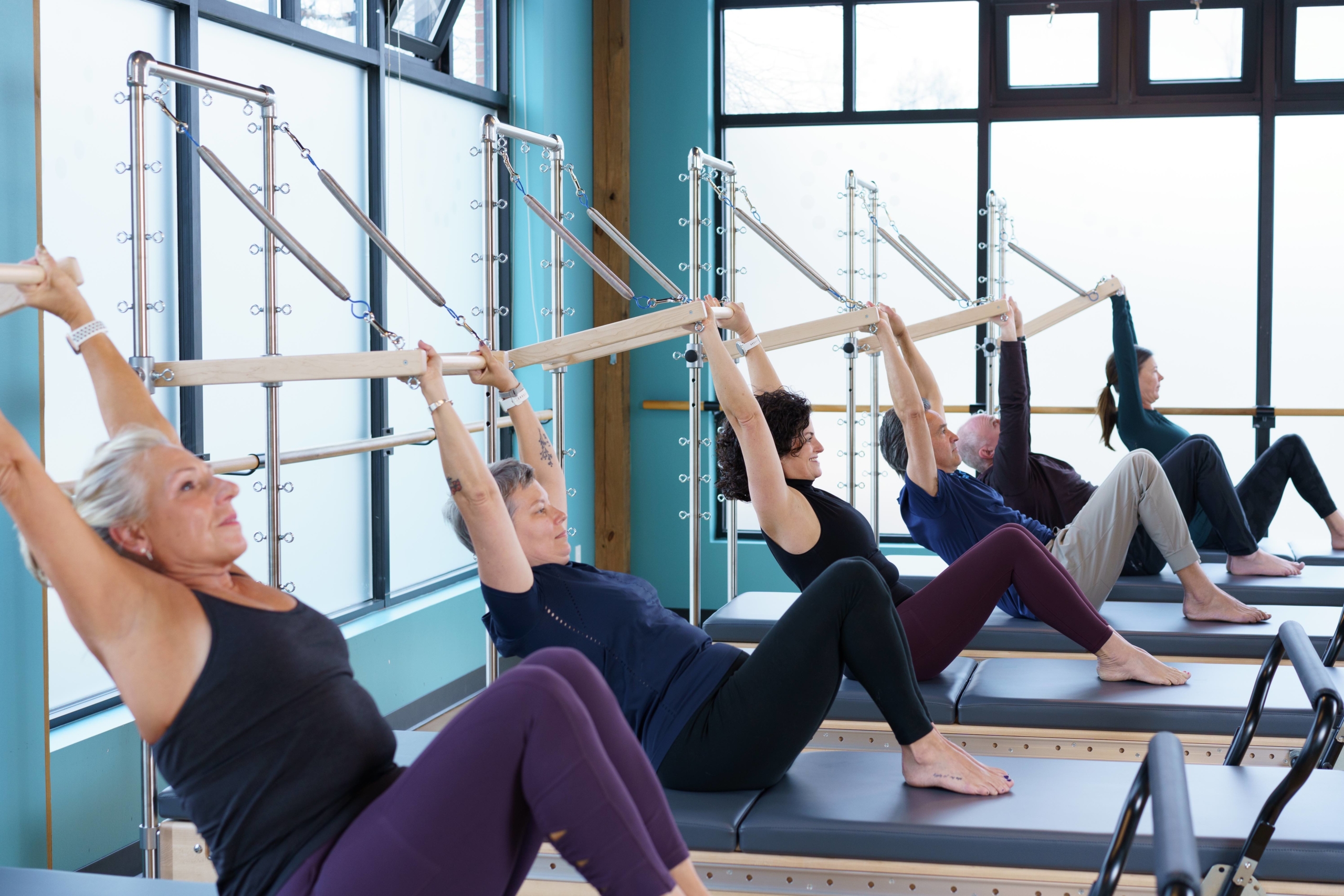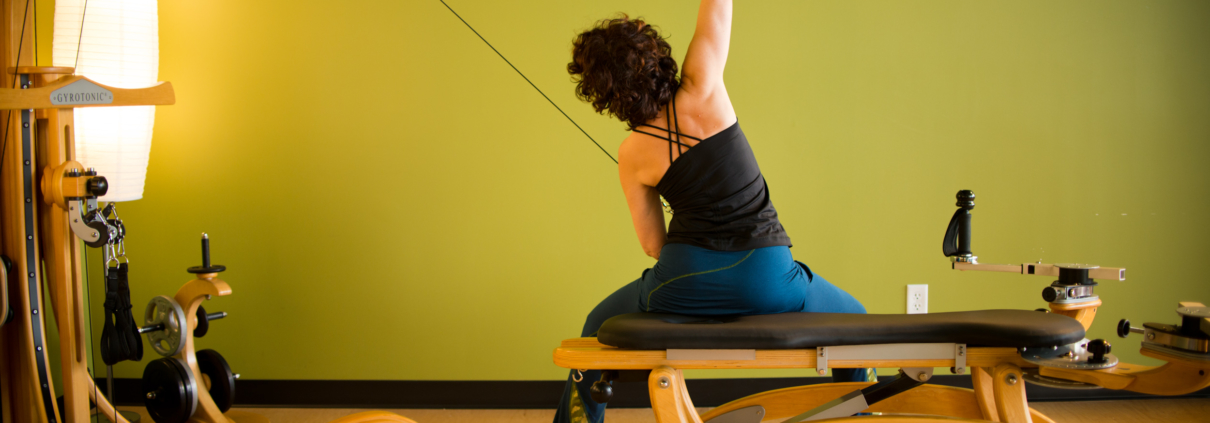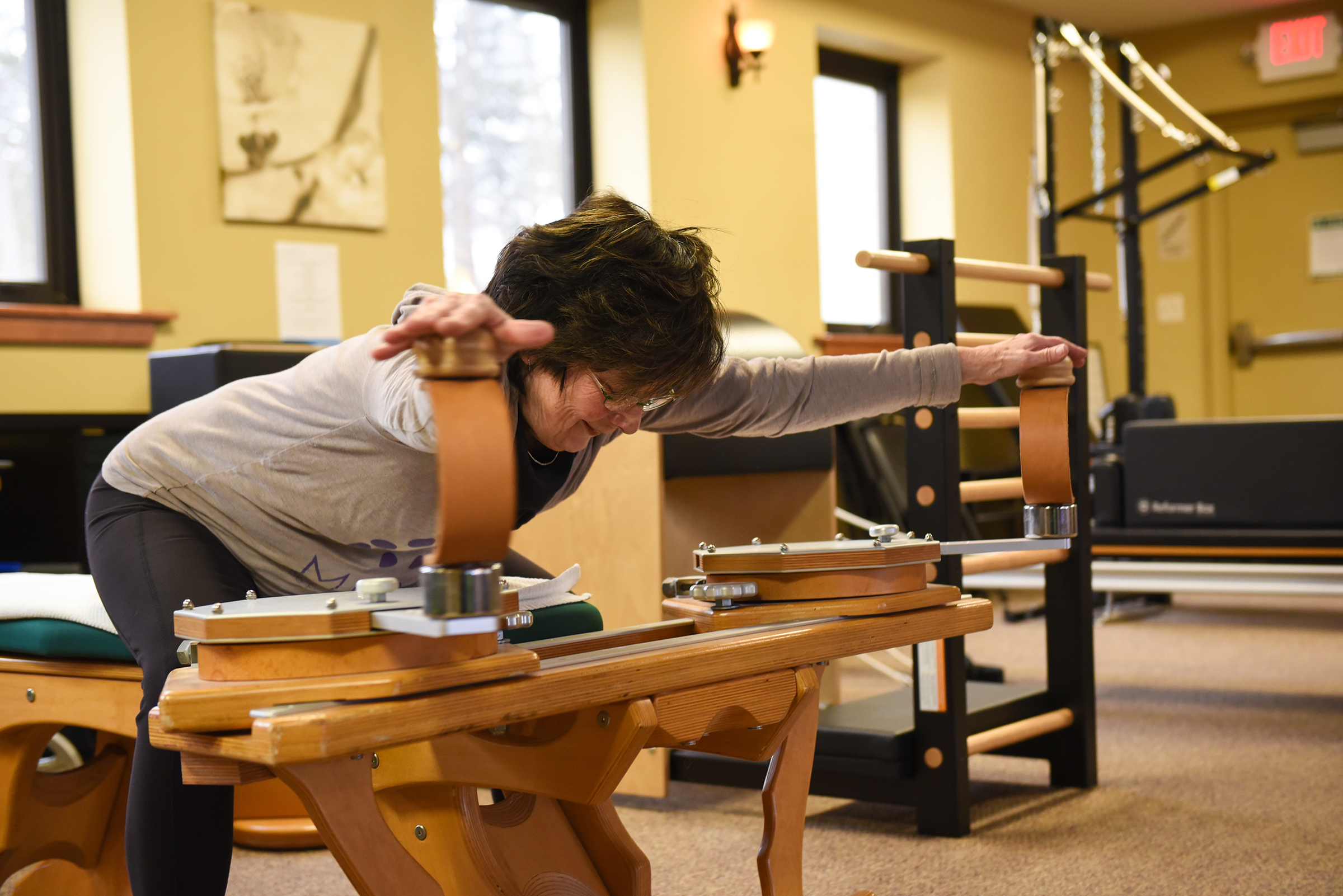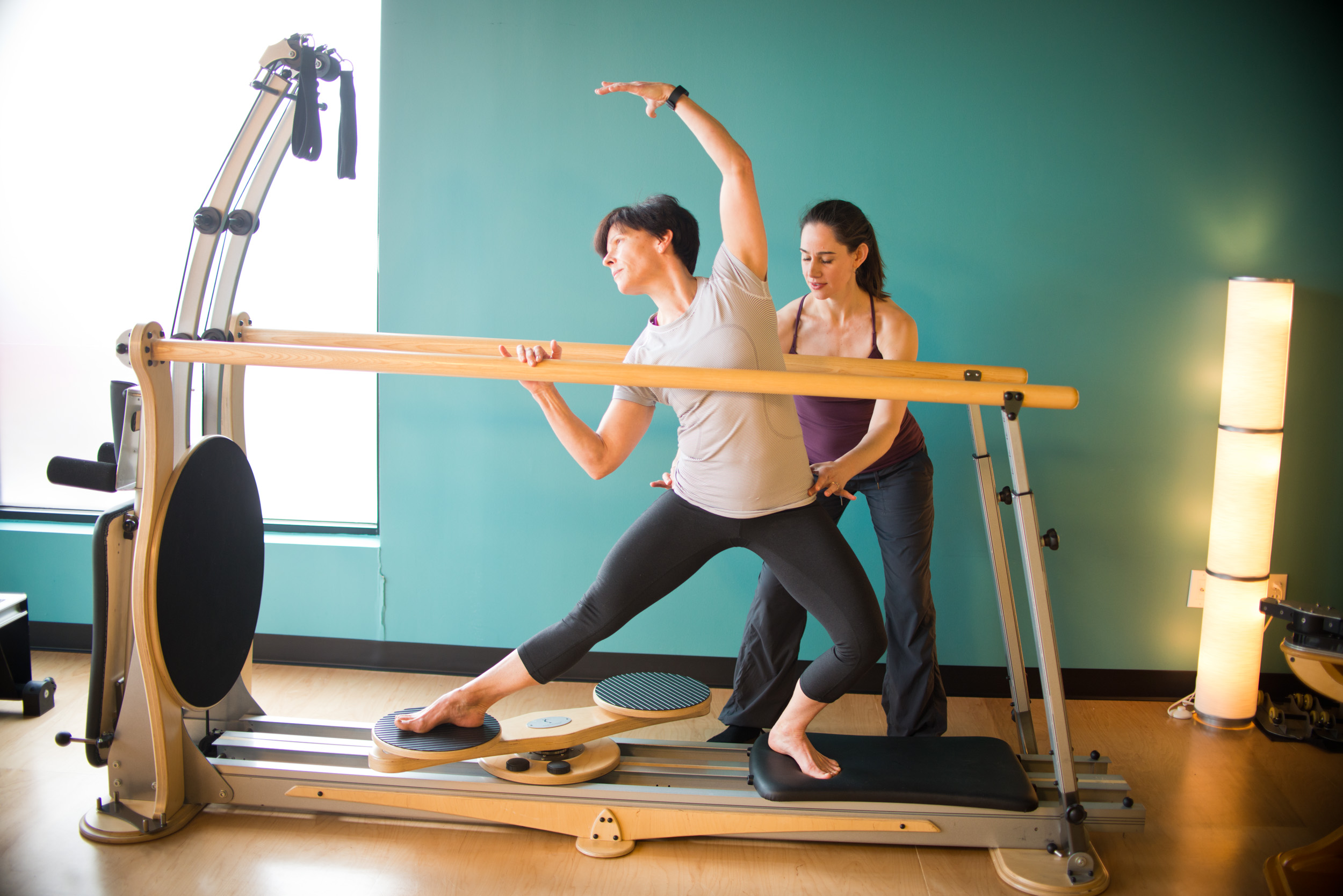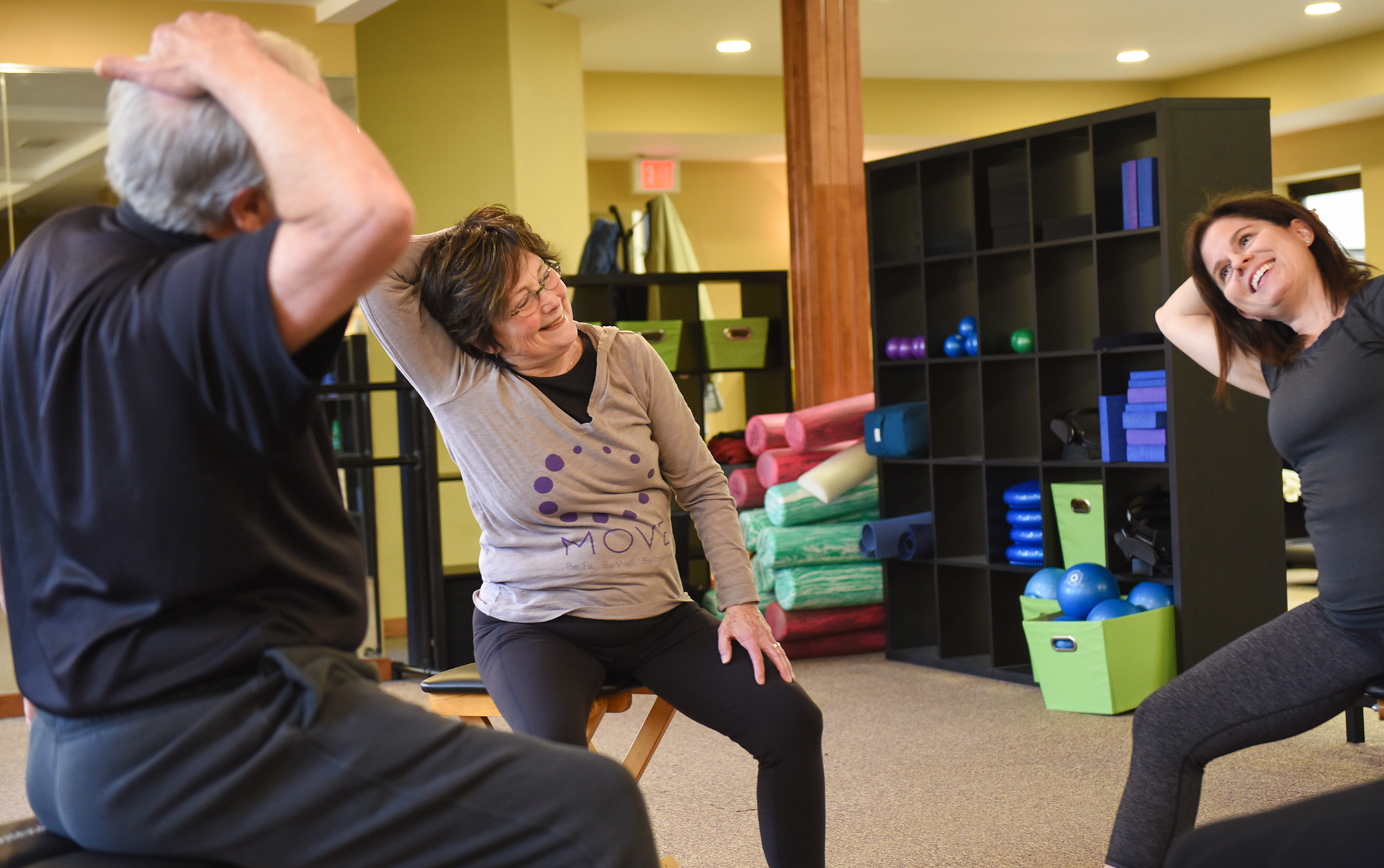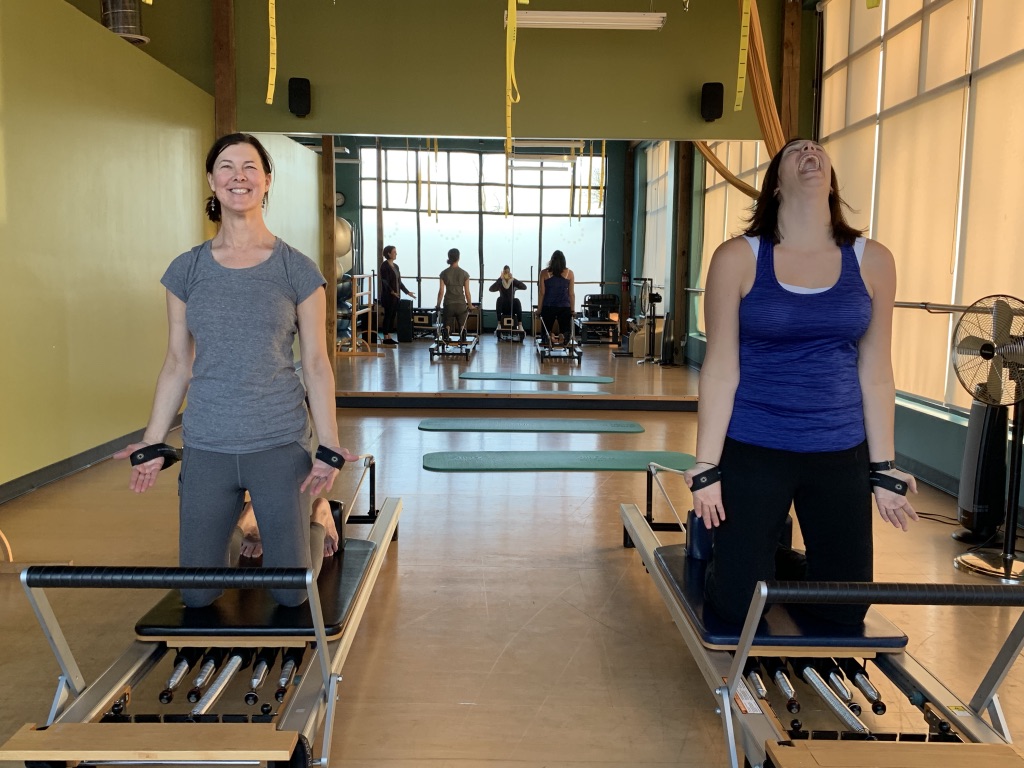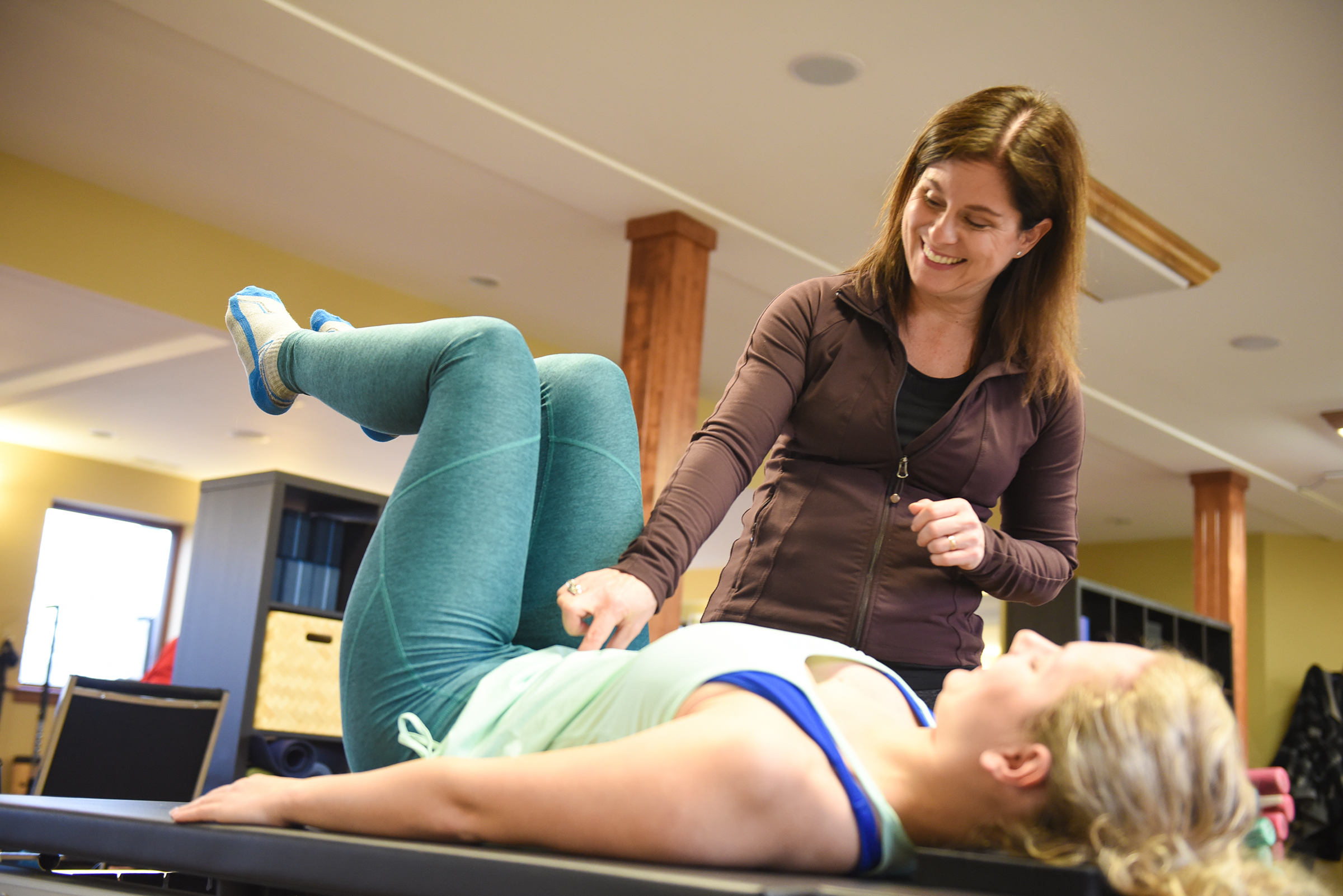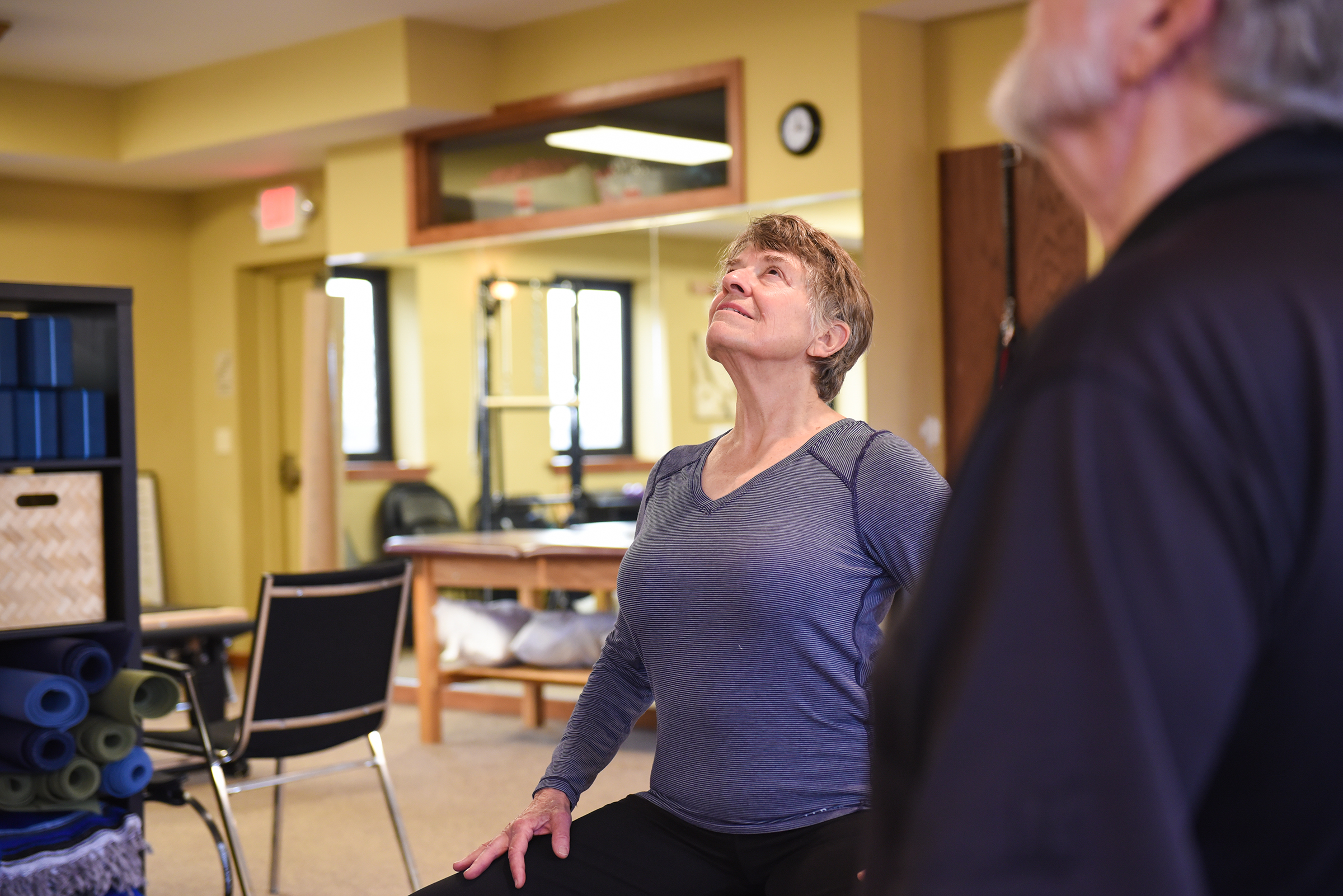
MOVE is thrilled to be partnering with Sarah Thorne and Melissa Trauger to provide on-site physical therapy services at the studio to pelvic health and orthopedic populations.
“We know that a continuum of care is important to our clients as they work to get stronger and care for their unique bodies. Partnering with Melissa means that it will be easy for clients to have collaborative care right in the building. Working with a PT who understands the impact and scope of Pilates and GYROTONIC® exercise is the best service possible for our clients. Not only is Melissa a highly skilled orthopedic and pelvic floor specialist Physical Therapist, she shares our values and commitment to care for our clients. We could not be more excited to welcome her to the studio.”
—Elaine Economou, MOVE Wellness Co-Founder
“No two patients are the same—I customize every treatment plan to suit your unique needs and goals (such as being able to travel, play with your grandkids, and enjoy eating delicious foods again) and take a holistic approach to treating the body to identify the root cause of the problem. ”
—Sara Thorne, Sara Thorne Physical Therapy
“I am extremely excited to partner with MOVE Wellness to provide on-site physical therapy services to the pelvic health and orthopedic populations of Southeast Michigan. My mission is to improve and maintain your quality of life when it comes to your specific goals, as well as, to bring awareness to an aspect of life (ahem, pelvic health) that should be talked and taught about, early and often.”
—Melissa Trauger, Rhapsody of Motion Concierge Physical Therapy
Benefits of physical therapy at MOVE
Collaborating with area physicians and physical therapists is important to providing our clients an excellent continuum of care. Quite often, when clients are working through a particular issue in their body, it is helpful to work in partnership with their physical therapist (or another medical professional like a DO or Physiatrist) to provide manual therapy, assess injuries and collaborate on movement goals. Post surgical clients can benefit in particular. Our scope of practice is movement and working with healthcare professionals for diagnosis and care plans for post-surgery, neurological issues or pain is the best service possible for our clients.
Long time clients may recall our previous partnership with Julie Simpson of Mend PT so we know how well this kind of partnership can work. We are now so happy to be partnering with Sara Thorne of Sara Thorne Physical Therapy and Melissa Trauger and Rhapsody of Motion to again offer PT services within MOVE. Sara and Melissa each work independently inside MOVE Wellness studios, but both are knowledgeable about the systems we teach. Melissa is also an eager student of Pilates and GYROTONIC® exercise herself, which is key for us.
Melissa works with orthopedic issues and has a special focus on pelvic floor dysfunction. We know that this affects both women and men and can play a role in low back pain, and hip issues. Pelvic floor PT can also be part of the solution for imbalances throughout the body. At MOVE we work a lot to help people have a healthy functioning pelvic floor. So much of what we teach focuses on coordinating breath with movement and the pelvic floor is part of the musculature involved in breathing. Working with Melissa can help clients identify pelvic floor imbalances and learn to release the muscles and regain coordination. She will be a wonderful resource for our clients to help resolve a number of issues.
Meet Sara Thorne
We’re thrilled to welcome Sara Thorne to the MOVE community. Sara is a physical therapist with 25 years of experience in orthopedic care who will be available for sessions in our upstairs treatment room. Sara has worked with top institutions like the University of Illinois, Duke Health, Cleveland Clinic, and locally at Healing Hands.
Throughout her career, she has pursued continuing education to expand and hone her manual therapy skill set. Sara is trained in Oro-Facial and Functional Dry Needling, Graston Technique, and soft tissue and joint mobilization, with additional expertise in managing headaches, neck pain, and facial and jaw discomfort.
Sara’s passion for movement and exercise began in college, where she played varsity soccer and tennis. She currently enjoys running and yoga (and we’re hoping to add Pilates to that routine)! Sara is dedicated to understanding her patients’ unique needs and goals, tailoring treatment for optimal outcomes.
Meet Melissa Trauger
Melissa Trauger is a physical therapist who treats patients with the mindset that everything is connected in the chaos of the body. This view, along with her love of music, led her to finding the rhapsody within the human body. Both require many moving parts working in concert creating harmonious movement.
Melissa received her Doctor of Physical Therapy from the University of Dayton in 2016, and continues her education to diversify her skills when treating pelvic health and orthopedic populations. Her undergraduate was spent at the University of Michigan where she earned a B.S. in Movement Science. She followed that up with several years spent in Chicago working as a massage therapist and personal trainer.
When Melissa isn’t helping her clients relieve their physical pain, she spends her time with her husband, Ryan, and their dog, Coco. She enjoys writing and playing music, running, and providing comedic relief among friends and family.
Our Approach to Treatment
At MOVE, we believe in a holistic approach to physical therapy. Recognizing that every patient is unique, our licensed physical therapists work one-on-one with you to create a personalized treatment plan tailored to your specific needs and goals.
We incorporate a variety of techniques, including exercise, manual therapy, and education, to help you achieve optimal health and wellness. Our goal is to address not just the symptoms but the root causes of your condition, ensuring a complete path to recovery.
What to Expect on Your First Visit
Your first visit to MOVE will be an evaluation by a licensed physical therapist. This evaluation includes a review of your medical history, physical exam, and goals and expectations. Based on that consultation, your physical therapist will create a personalized plan for you.
You’ll get a combination of exercise, manual therapy and education to help you achieve overall health and wellness. Our goal is to provide you with the tools and support you need for a successful recovery.
Start Now
By partnering with MOVE, Melissa can promote early access to physical therapy through individualized care that includes manual therapy, neuromuscular re-education, therapeutic exercise, and more. Please feel free to reach out to Melissa directly via the contact information below to schedule a call and learn more!
Rhapsody of Motion Concierge Physical Therapy
Phone: (734) 519-0020
Email: info@rhapsodyofmotion.com
Website: www.rhapsodyofmotion.com
Sarah Thorne Physical Therapy
Phone: (734) 604-3383
Email: sarathornept@gmail.com
Website: https://sarathornept.com/
